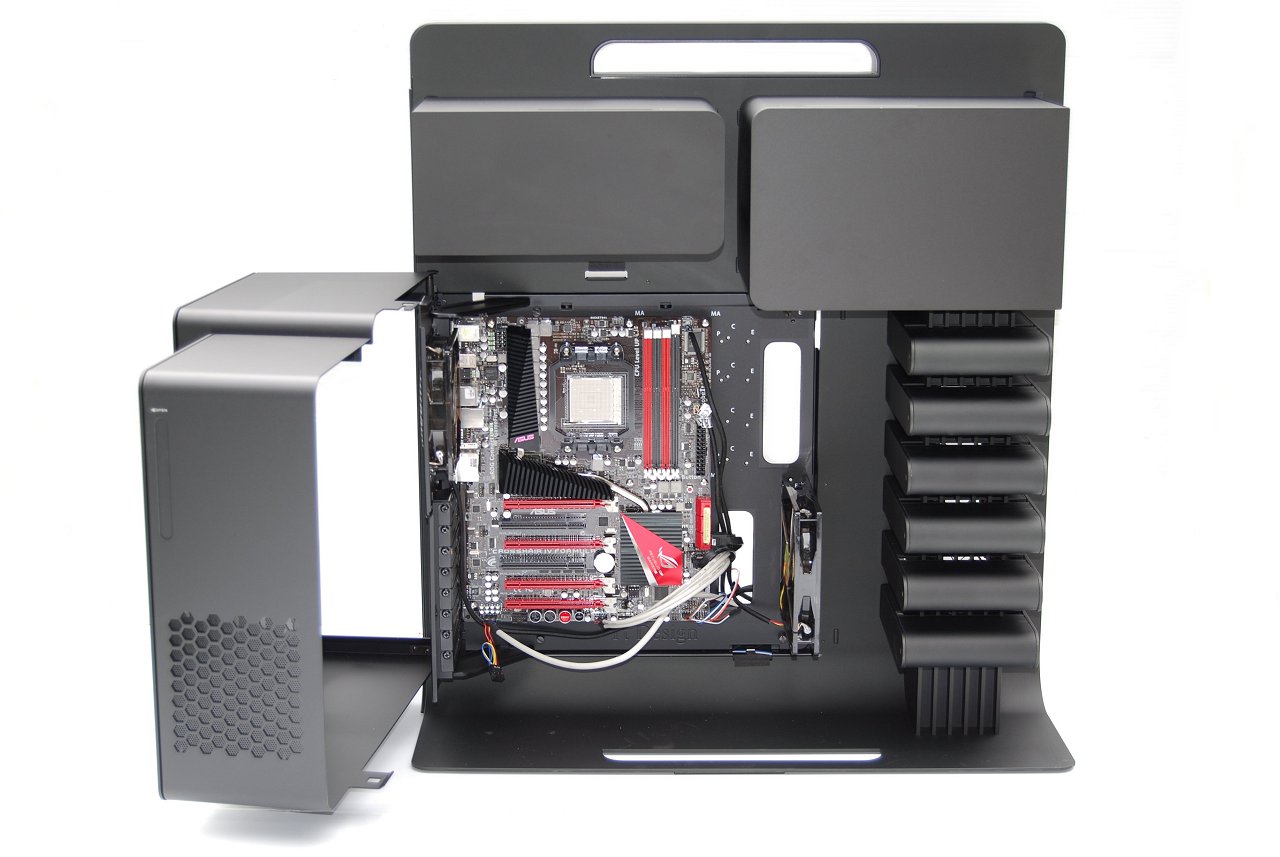Installation Impressions
Being such a large and unusual product, we took our time installing hardware in the Level 10 as everything was unfamiliar. Installation went smoothly for the most part, and you should experience the same thing provided you select the right hardware.
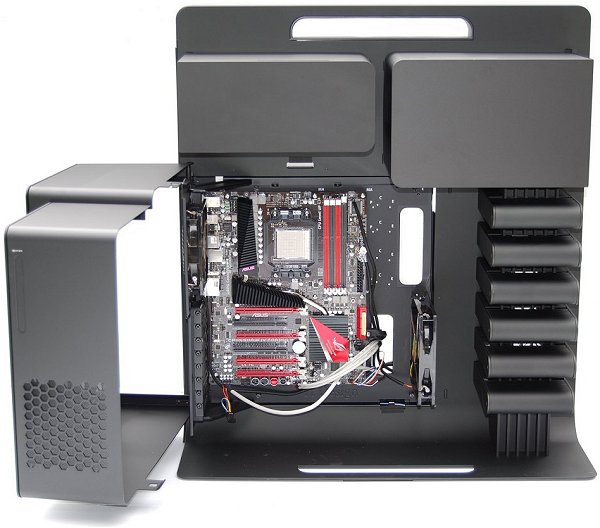
To install an Asus Crosshair IV Formula, we removed the motherboard tray and attached the board which aligned with the standard ATX mounting holes. Once the motherboard and I/O shield were in place we inserted the DDR3 memory and attached the cooler, and that's where we ran into a small issue with the motherboard tray's CPU hole.
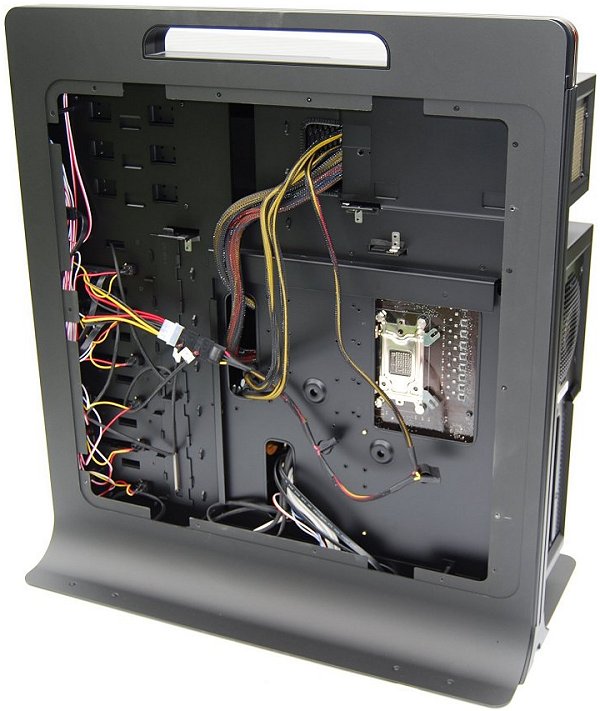
The board we used for testing didn't suit the case very well and we had trouble accessing the backplate to install an aftermarket heatsink. Not all motherboards will suffer from this problem, but it's not something we have encountered when using the Crosshair IV Formula with other chassis. With the motherboard, memory, processor and cooler installed we inserted the tray back into the Level 10 with no trouble.
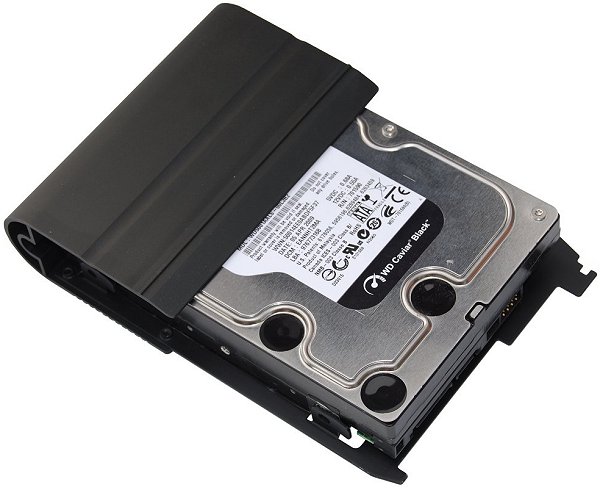
The primary and secondary hard drives were a breeze to install as those bays have the pre-installed SATA data and power cables we mentioned earlier. We used a Crucial C300 256GB SSD for the primary drive and a pair of Western Digital 1TB Black HDDs occupied the second and third bays. Outfitting the third, fourth, fifth and sixth drive bays require their own data and power wires, this is annoying and Thermaltake should have pre-installed those cables for all of the drive bays given the Level 10's intended target and price. Accessing the data and power connectors on installed hard drives is awkward and it's a challenge to remove data cables that clip in.
Installing an optical drive was easy, but depending on where your motherboard's SATA ports are located, you might need an extra long SATA cable. Unfortunately, Thermaltake doesn't include any such wires, which is surprising because they have in the past with some of their more affordable full tower cases.

You'll probably also need longer than average power cables and interestingly, Thermaltake's own high-end power supplies such as the Toughpower XT 875W don't fit the bill. We had to use extension cables for the 8-pin ATX and 8/6-pin PCI Express power connectors, so be sure that the power supply you choose has lengthy wires.

Thankfully, the motherboard compartment had plenty of space to store our test hardware, which was a relief because we weren't sure how well a high-end graphics card would fit. As it turns out, the Level 10 was able to accommodate the Radeon HD 5970, which is currently the industry's longest video card.
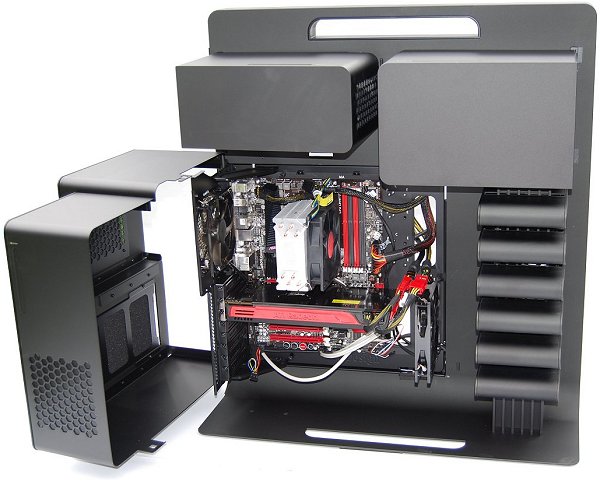
We also installed the Cooler Master Hyper 212 Plus cooler, which stands 16cm high, making it one of the taller air-cooled heatsinks available. Users will have no issue installing any of the popular high-end coolers, and that's great news as well.

We only found one problem with the motherboard compartment: when installing GPUs with PCI Express connectors mounted on the side rather than the rear (such as the Radeon HD 5870), PCIe power cables have to be bent back (flattened) so that the housing can close correctly.
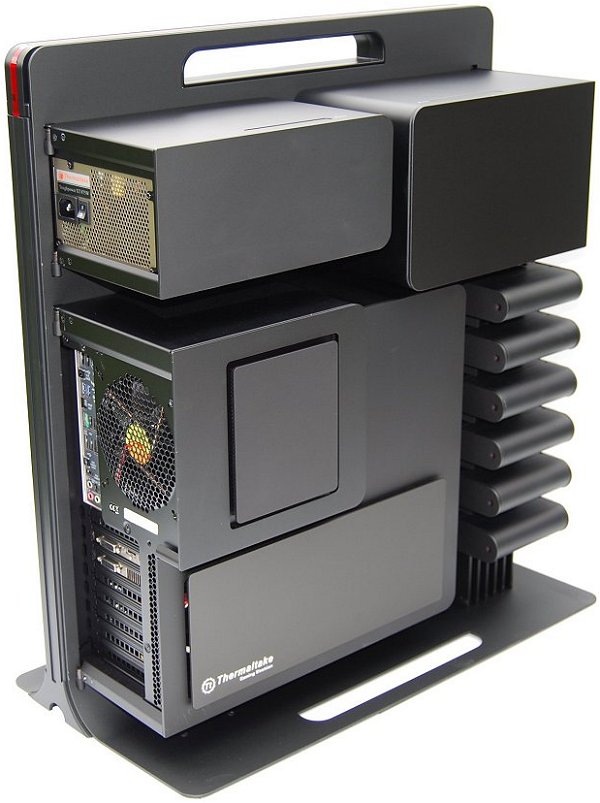
Overall, the installation process wasn't too difficult but it can be quite fiddly at times, perhaps more than we're used to. Nonetheless, given Level 10's unique design, we can overlook some of the issues such as the requirement for extra-long cables. That's almost a given when you see how large the case is.
